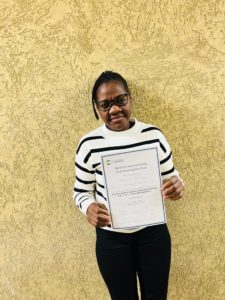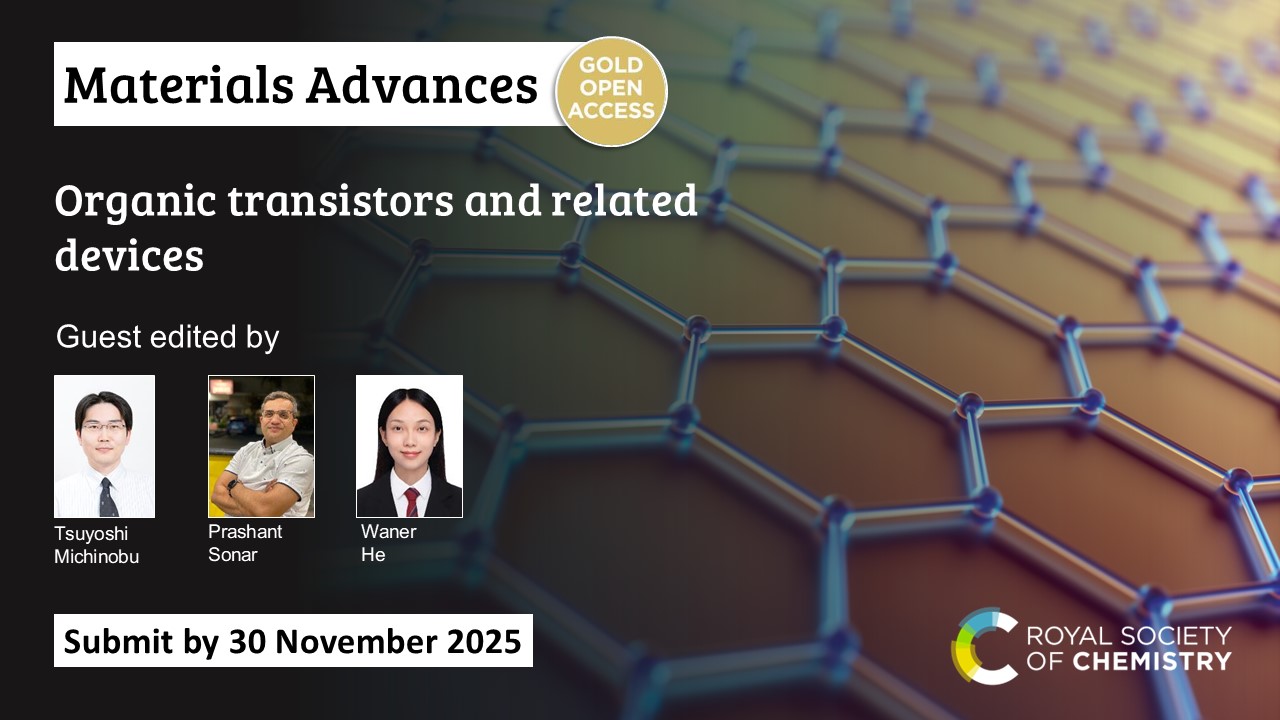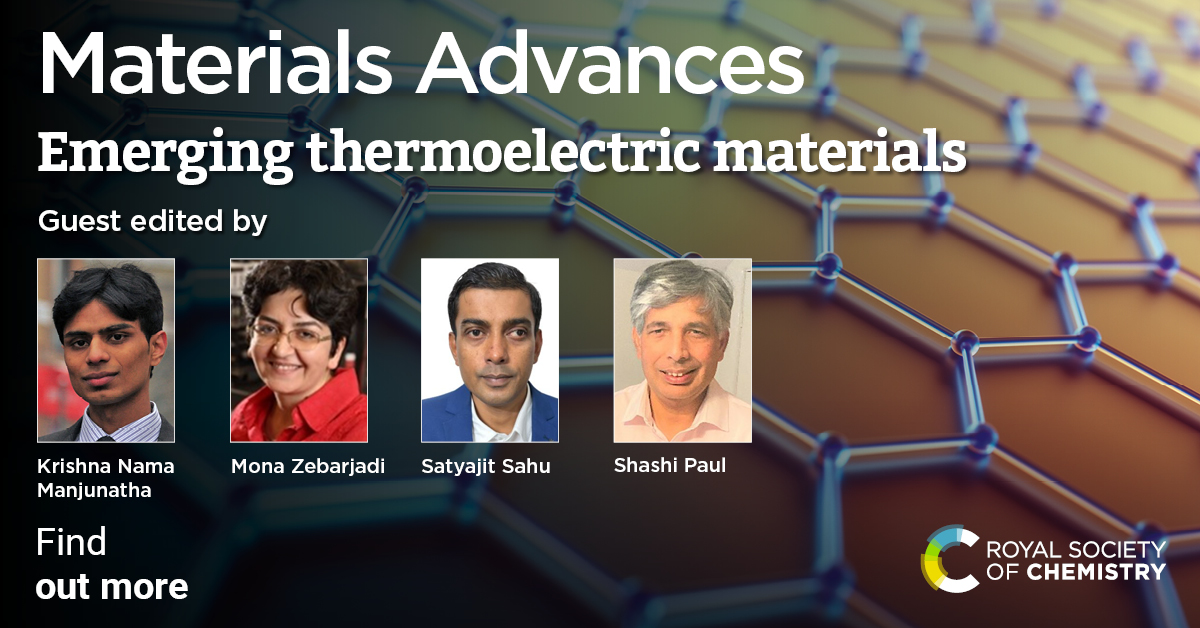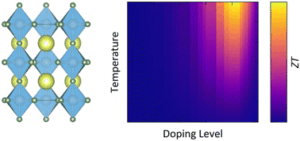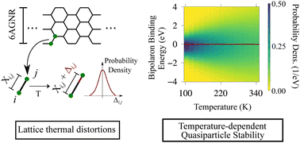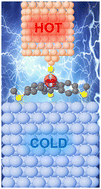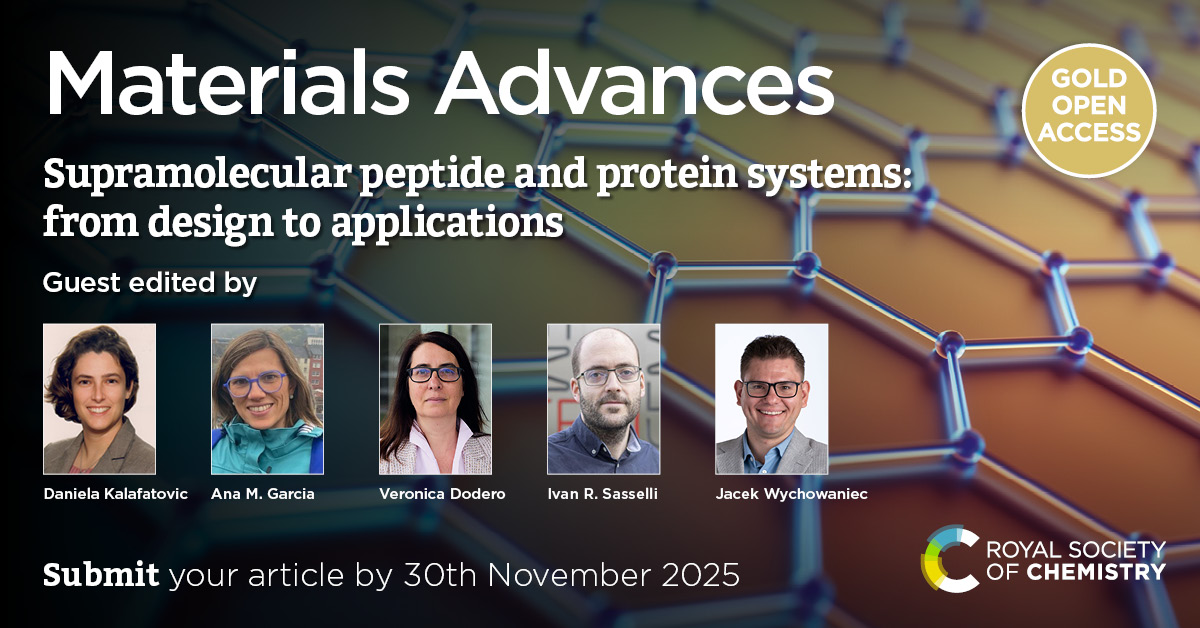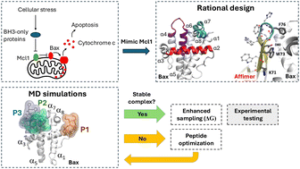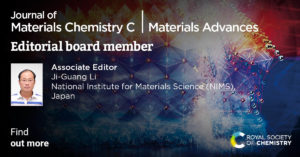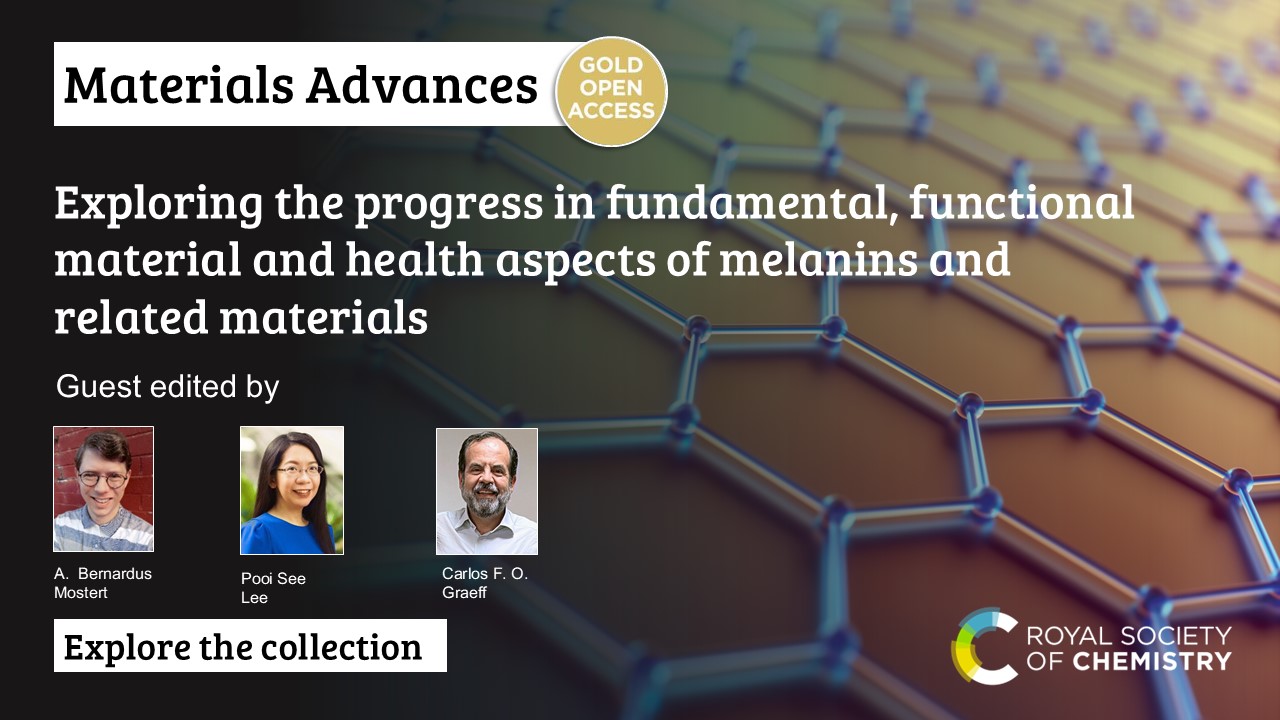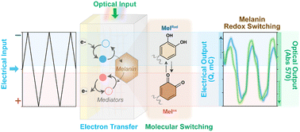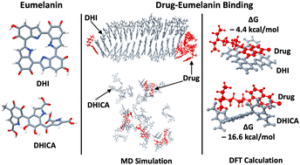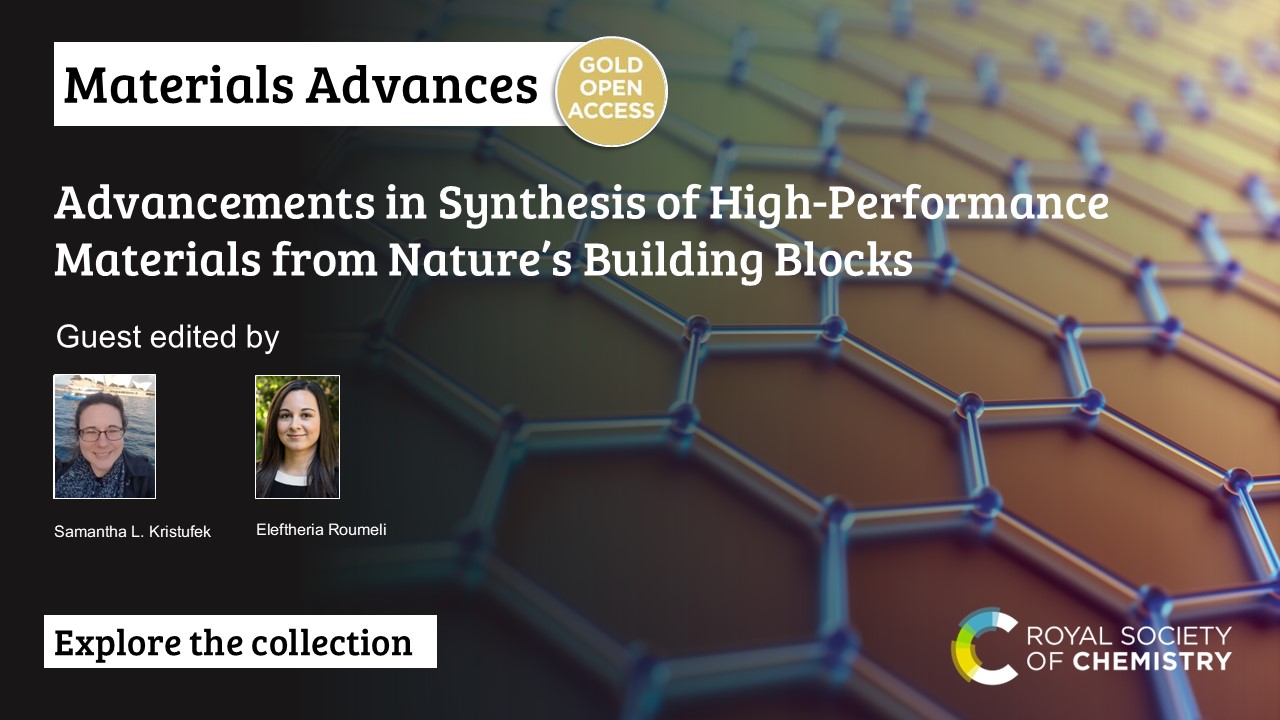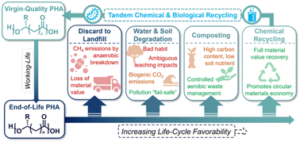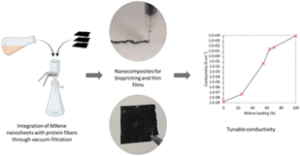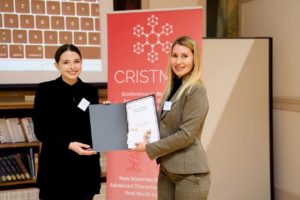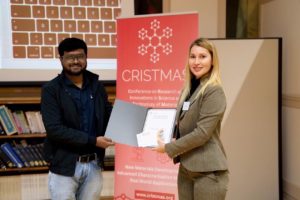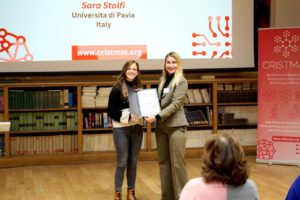Congratulations to the winners of the prizes at the Chem4Energy 2025 conference sponsored by Materials Horizons; Journal of Materials Chemistry A, B and C; and Materials Advances.
Poster winner
Rotondwa Mphephu, University of the Witwatersrand, South Africa
Poster Title: Ruthenium complexes of pyrazolyl-pyridine complexes as catalyst precursors for formic acid dehydrogenation
My name is Rotondwa Mphephu, a third-year PhD student in Chemistry at the University of the Witwatersrand (Wits). My research focuses on the dehydrogenation of formic acid mediated by pyrazolyl-pyridine ruthenium(II) complexes, contributing to the development of sustainable hydrogen storage systems. I was awarded the Poster Prize at the Chem4Energy Conference, held in Namibia from 7 April to 10 May 2025, in recognition of my innovative work in the field of catalysis and energy research.
Oral winners
Dina Thole, University of Limpopo, South Africa
Oral Presentation Title: Metal-organic framework modified carbon nanotubes for hydrogen production from formic acid
Dina Thole obtained her M.Sc. in chemistry from the University of Limpopo, South Africa, in 2022. She is currently a Ph.D. student at the same university. Her research interests focus on metal-organic framework/metal oxide for hydrogen production with carbon dioxide capture and conversion. She has presented part of her Ph.D. research work at various local and international conferences. Recently, she received an award of the Best oral Presenter at the Chem4Energy 2025 conference at Protea hotel, Walvis Bay, Namibia. This award is sponsored by the Royal Society of Chemistry.
Hilaria Hakwenye, University of Namibia, Namibia
Oral Presentation Title: Chicken eggshells as heterogeneous catalyst for biodiesel production from E.spicatum seeds oil
Hilaria Hakwenye is a Senior Technologist in the Physics, Chemistry, and Materials Science Department at the University of Namibia and a PhD student in the same department. Hilaria is a Master’s Degree holder in Analytical Chemistry with research interests in environmental science and sustainable energy. Her current research is focused on producing biodiesel from non-edible seed oil using CaO derived from eggshell waste. The study aims to address two crucial environmental issues: the excessive use of fossil resources and pollution by using eggshells as a source of CaCO3/CaO. In addition, using non-edible oil as feedstock for biodiesel production will minimize the impact of edible oil usage as feedstock on the food system. Hilaria’s PhD work is under the supervision of Prof. Rahman Ateeq and Prof. Veikko Uahengo, both from the same department.




